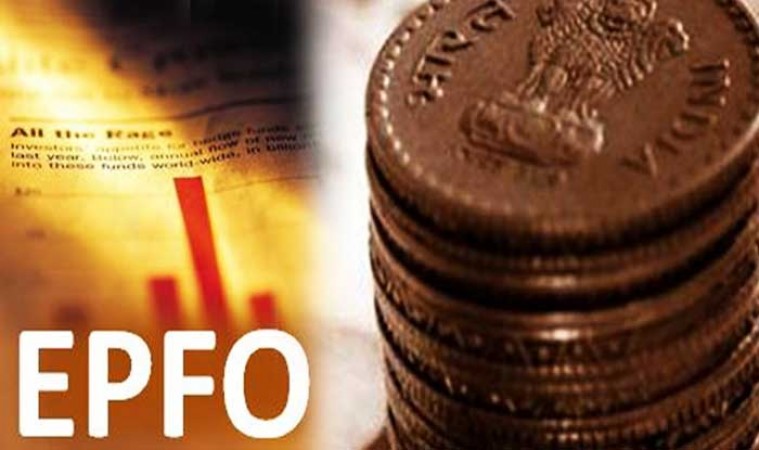
The Employees' Provident Fund Organisation (EPFO) has issued an internal circular instructing its regional offices on how to determine the subscribers' obligations when they request a larger PF annuity.
The circular states that 1.16% of employer share on higher pay above 15,000 per month and 8.33% of employer share on higher pay beginning on or after November 16, 1995 will be added to the calculation of dues. Pensioners and persons who are currently employed who choose a greater pension must pay this sum out of their PF contribution.
"The interest to be charged on dues as calculated above shall be the interest earned by the Members on their PF Accumulations," the circular stated. There will be a new circular to compute the pension soon. An EPFO official stated that a separate circular addressing the general public with information on the formula used to determine dues and pension would be released. The action is one of many steps the EPFO has taken to carry out the Supreme Court's ruling on higher PF pensions.
The deadline for presenting joint alternatives with employers to receive a higher pension has been extended by the EPFO until June 26. The circular stated that the current employer must continue to pay pension contributions on higher wages in the future, including the increased 1.16% on wages over $15,000 per month, "in case of acceptance of joint option of members who are still in service and officer in-charge has passed the necessary speaking order."
The regional offices will determine the dues after verifying the wage information provided by the employers. "In the case of exempted establishments, the wage details for the entire period and the matching contribution should be available with the exempted establishments and consistent with the records of the Trust," the circular continued. The interest shall not be computed for accounts that are inactive for either exempted or non-exempt establishments.